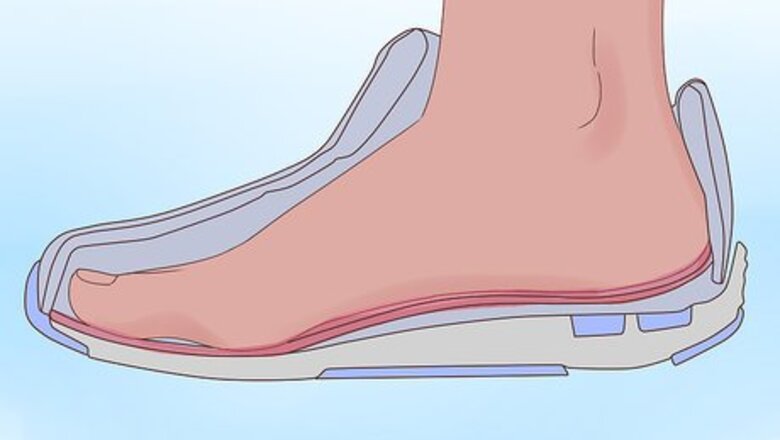
views
X
Research source
If you suspect you over-pronate, don’t despair! You can fix pronated feet with lifestyle changes and stretches to strengthen your arches. If you still experience problems, you should seek medical care.
Lifestyle Changes
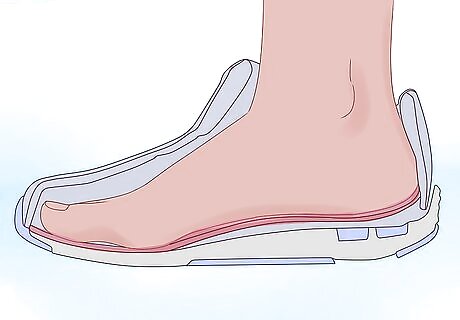
Wear supportive, low-heeled shoes at all times. Supportive shoes are especially important when you are doing an activity that causes your foot to strike against the ground, such as walking or running. Look for thick-soled shoes that provide a stable base. The shoes should fit well and offer arch support. It’s best to shop when your feet are sore and puffy, such as at the end of a long workday. This ensures that your shoes won't be too tight. If you can, get your gait analyzed at a running store or your podiatrist’s office. This can help you find the best shoes for you.
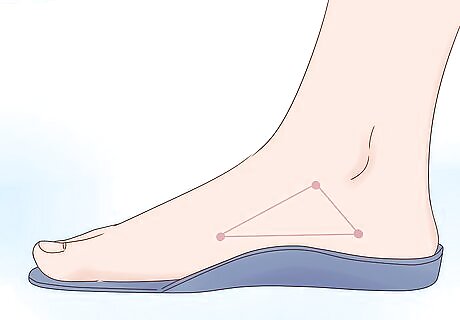
Use one-size-fits-all orthotic inserts for an easy solution. Orthotic inserts, which don’t require a prescription, are made support your arches and lessen the impact of walking or exercise. They can also prevent injury. You should also use arch inserts and wraps to give extra support to your feet, especially if your shoes don’t have built-in arch support. You may need to trim some inserts to fit your shoes. If you only buy 1 pair, you’ll need to switch them between pairs of shoes, unless you always wear the same shoes. You may not need inserts for athletic shoes that have good arch support and firm mid-soles. You can find generic orthotics over-the-counter at most department and athletic stores. You can also buy them online.

Lose weight if you are overweight. Carrying extra weight puts a lot of pressure on your feet, especially your arches. This increases your risk for over-pronation. Keep your weight within a healthy weight range for your height to limit your risk. Eat a healthy, balanced diet and exercise for at least 30 minutes a day.
Arch Stretches and Exercises
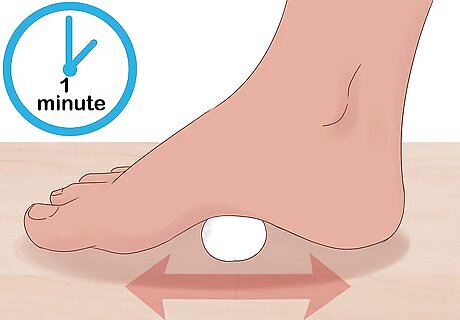
Stretch your feet and legs every day. Stretching your legs and feet will reduce the muscles stress and tightness that overpronation causes. Incorporate stretches into your daily routine, trying exercises like: Rolling a golf ball on the underside of your foot. Stand with one foot on the ball at a time and move your foot over it, pulling your toes towards your shins. Do this for 30 seconds-1 minute to massage the tissue in your foot. Placing your foot in as neutral a position as you can, then pushing your big toe down without collapsing at the foot or ankle. This will help to strengthen your toe and the muscles under your foot. A standing calf stretch. Place one foot behind you and push the heel towards the ground, then try to pull your foot and toes towards your shin. Hold the stretch for 30 seconds on each leg.
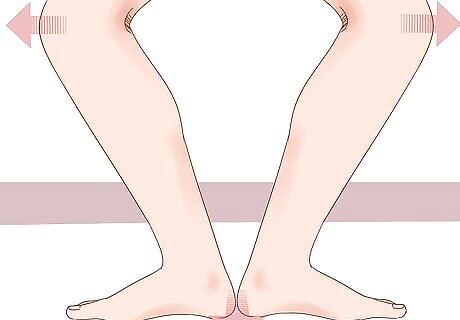
Perform a demi plié. Stand with your legs together. Turn your feet so that your toes point outward, keeping your heels touching. Slowly lower yourself down, bending at your knees. Keep your heels pressed against the floor as you lower yourself and return to your original position. Perform the stretch 10 times a day, using slow movements. Don’t push yourself to go too far down. Stop when you start to feel discomfort.
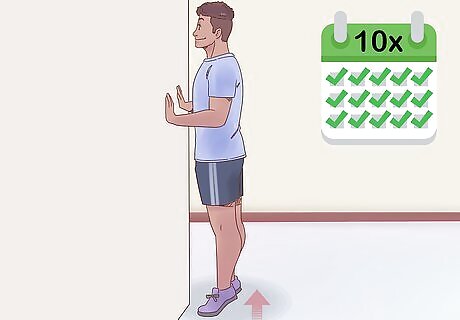
Roll your feet to build stability. Stand with your feet hip-width apart, using a wall or chair for support. Slowly roll your weight out to the edge of your feet, then roll your weight back to the center of your foot. Keep your movements slow to avoid rolling your ankle. Repeat the stretch 10 times each day. You can also strengthen your foot muscles through toe curls and heel raises, which improve your foot support, stability, and shock absorption.

Do seated calf stretches. Sit in a chair with your legs extended out in front of you. Flex your feet, then bend forward at your waist, reaching toward your toes. Hold the stretch for 1-2 seconds, then release. Do 10 repetitions of the stretch daily. Calf stretches can help relieve the flattening of your foot because they help loosen your achilles tendon. A tight achilles tendon can worsen flat feet.
Medical Care
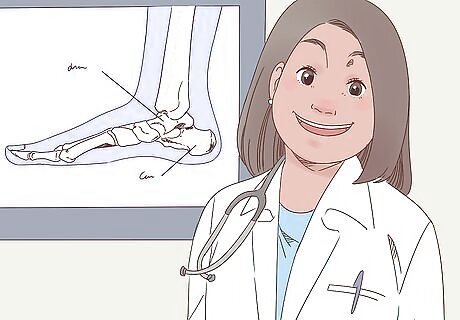
Visit a podiatrist. A podiatrist is an expert on foot conditions. They’ll examine your foot and may take X-rays so you get the proper treatment. If they diagnose over-pronation, they'll likely recommend you wear orthotics or supportive shoes. They may also recommend exercises or physical therapy that can strengthen your arches and the surrounding muscles. You can get a referral to a podiatrist from your primary doctor, or you can search online. A podiatrist can fit you for custom-made orthotics.
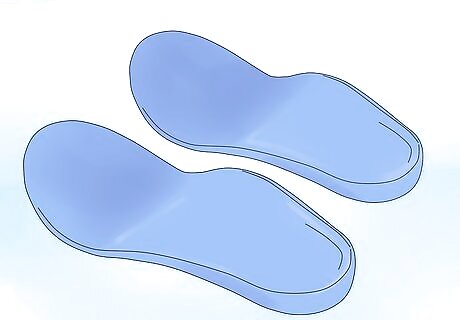
Get custom-made orthotics for persistent over-pronation. Custom orthotics provide better support than over-the-counter options, as they're made just for you. Your podiatrist will evaluate your gait so that a pair of orthotic inserts can be made specifically to meet your needs. The doctor will order the orthotics on your behalf, then they’ll make sure the inserts fit properly. Use your orthotics according to your doctor’s recommendations. You’ll need to remember to wear them with whatever shoes you choose each day.
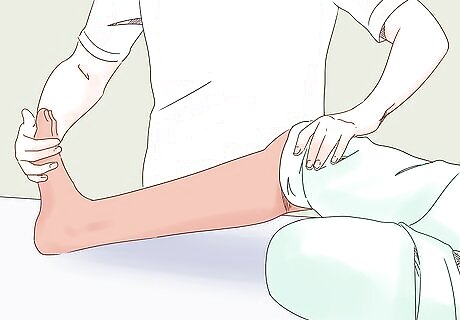
Undergo physical therapy. It’s best to work with a physical therapist if you want to strengthen your arches and the muscles around them. Although you can do stretches on your own, the physical therapist can teach you how to properly do the exercises. Ask your doctor or podiatrist for a referral.
Symptoms of Pronated Feet
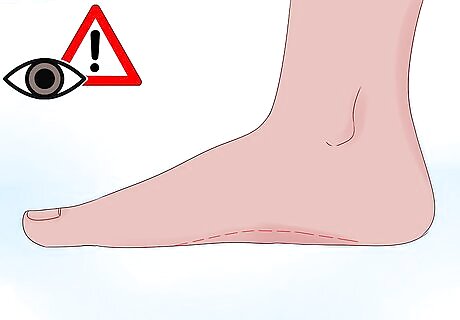
Check your feet while standing to look for a gap beneath the arch. Stand as you normally would, facing a mirror. Look at your arch to make sure there is a small gap between your foot and the ground. If you don’t see a gap, then you may have pronated feet. If you’re having trouble seeing your feet, ask someone you trust to look at them.

Examine areas that hurt. Stand with your feet hips-width apart, pointing straight head, and pay attention to whether there’s any pain in your lower body. Overpronation can cause pain in your foot, ankle, leg, knee, hip, or lower back. Diagnosing overpronation will also require looking more closely at how you walk or run, but identifying areas of pain can also serve as an important clue. To help with identifying pain caused by overpronation, you can also take an online self-assessment quiz. Search for “overpronation quiz” to find one offered by a health service.
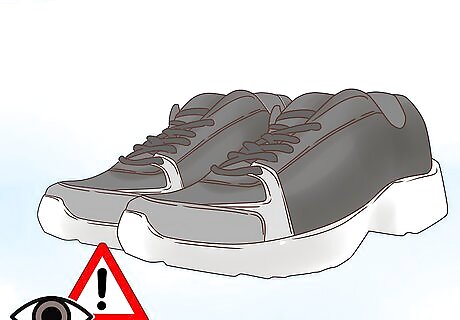
Look at your shoes, especially if you’re a runner. The wear on your soles can tell you a lot about your feet. If you’re experiencing over-pronation, the middle of your soles will be worn out more than the rest of the soles. Although this can occur on most of your shoes, it’s most noticeable on running shoes. Check the shoes you wear most frequently, as they’re more likely to show wear than a pair you haven’t worn often.

Examine your footprint to look for the full width of your foot. Place a few sheets of paper or paper towels on the floor. Wet the bottom of your bare feet, then walk across the paper or paper towels, leaving behind your footprint. Look at the prints to see how much of the middle of your foot from your heel to the ball of your foot is visible. You will likely see the entire width of your feet if you experience over-pronation. It’s normal to see about half of the middle part of your feet.
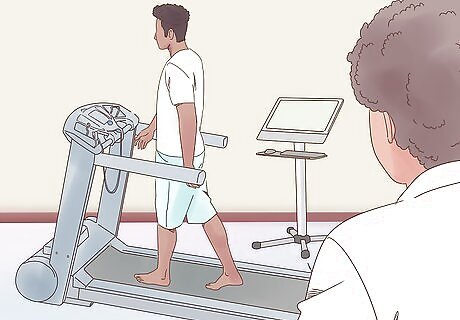
Get your gait analyzed at a running store with trained staff. Some running stores have a specialized machine that evaluates your gait. You’ll walk or run on a short treadmill that is hooked up to a computer. It can determine if you have over-pronation and recommend corrective footwear, if necessary. This service may not be available at all running stores.
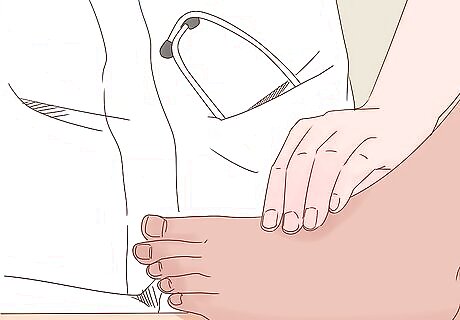
Get examined by a podiatrist if you still aren’t sure. The podiatrist can make a definitive diagnosis of over-pronation. If you have a different issue, they can make a proper diagnosis after a physical exam and X-rays. This will help them determine the cause of your foot or gait issues so that you can try to correct it. Ask your primary care physician for a referral, or search for a podiatrist online.













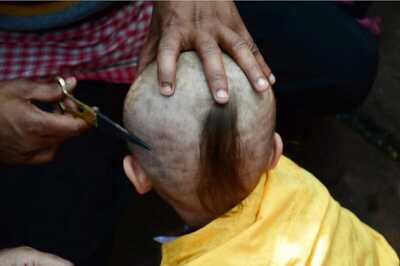
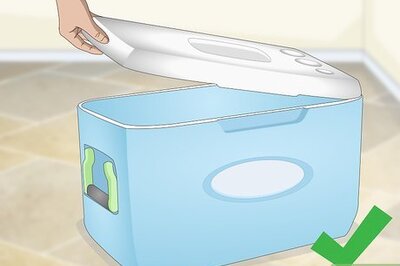
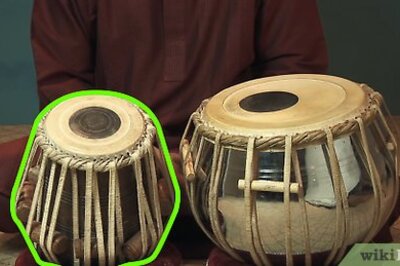
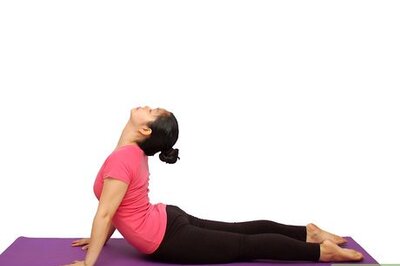
Comments
0 comment